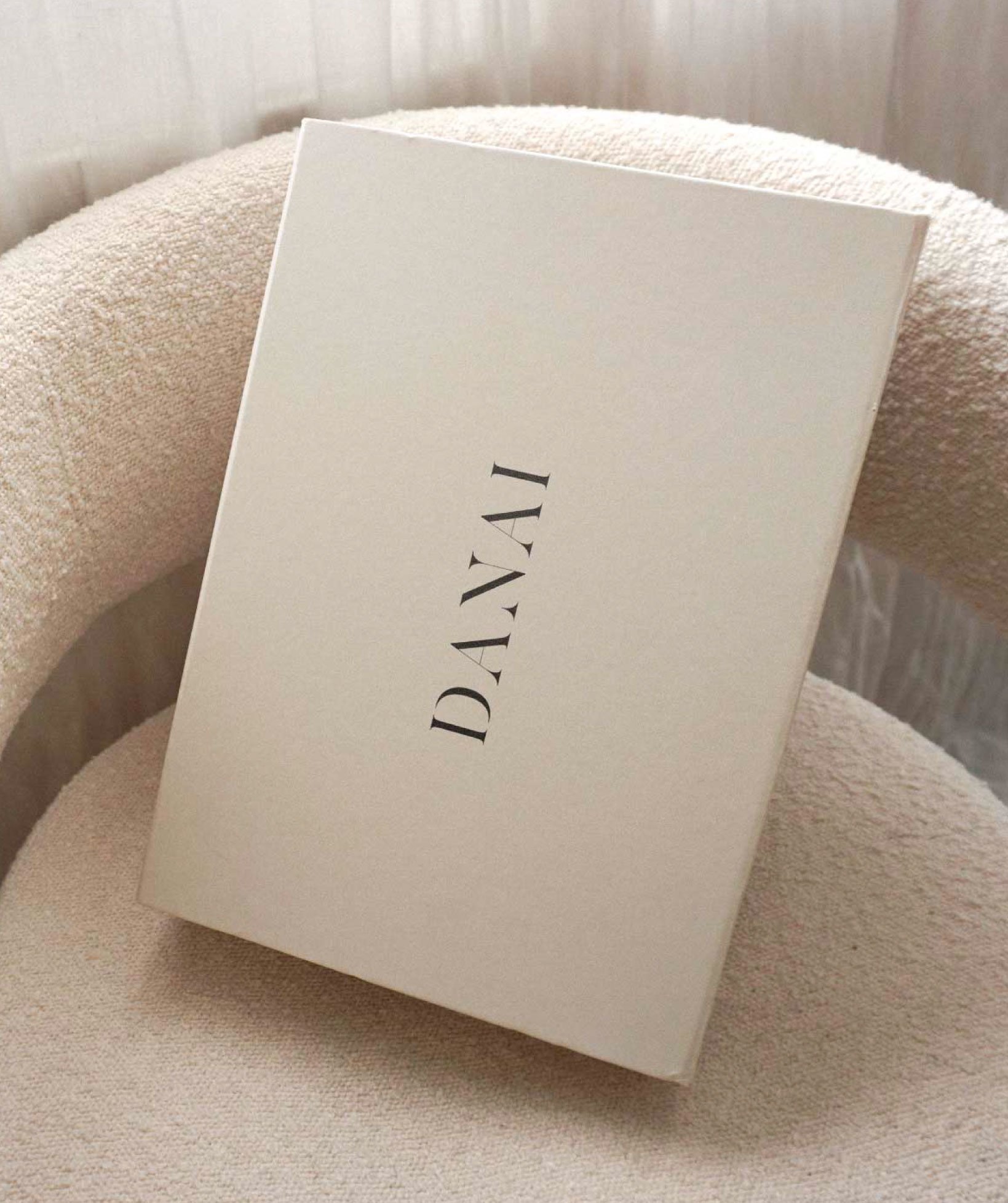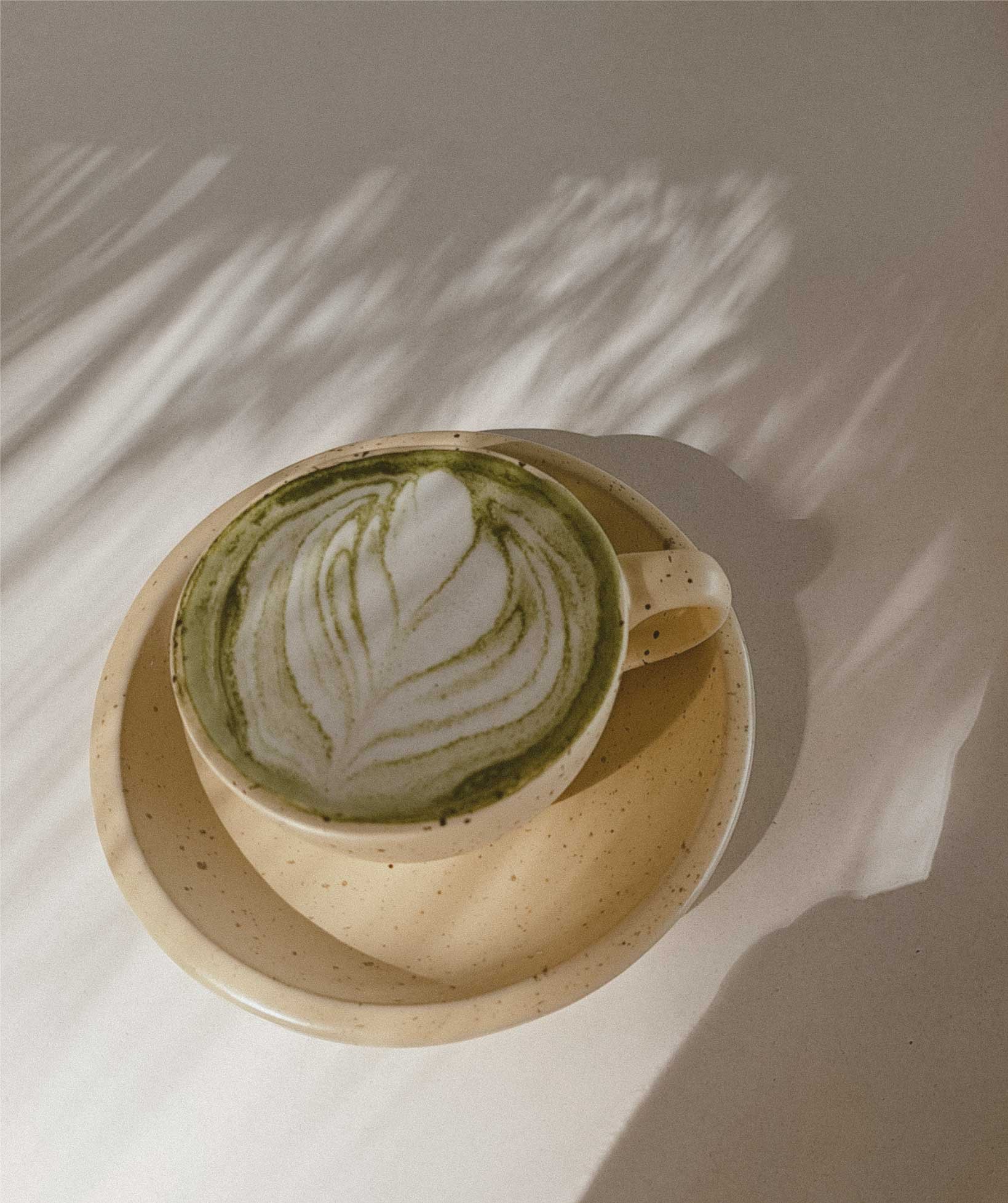CREATING YOUR BRAND STYLE: A HOLISTIC GUIDE TO MAKING A MOODBOARD
Written by Kat Fletcher
Do you ever feel like you’re kind of lost in your brand style? Like you have an idea of how you want to look, or perhaps many, but when it comes to it, everything you create feels a bit all over the place? This is where moodboards come in.
I use moodboards at the start of every branding project to explore and refine the visual direction. I absolutely love them, and so do my clients! In this article I’m going to explain why, and how you can create your own moodboard to hone your own brand style.
WHAT WE COVER
What is a moodboard?
Why make a moodboard?
A holistic approach
Where to start
Collecting inspiration
Putting the moodboard together
Finishing touches
Concluding thoughts
WHAT IS A MOODBOARD
A moodboard is a curation of collected imagery that conveys the overall style of your brand. It can include photography, logo examples, colour palettes, textures, art…Basically anything that inspires you for the ‘vibe’ of your brand. Moodboards also often include key words or phrases that describe the tone of your brand.
WHY MAKE A MOODBOARD
You likely have a general idea of what you want your brand to look like, but without something tangible, it feels fuzzy. Through the process of collecting imagery, you can expand upon your ideas. Then as you refine this imagery into a moodboard, you create a clear visual direction for your brand.
This visual direction acts as a guide for you and any creative you work with in your business. If you are working with a designer, showing them your moodboard can really help them understand the vision you have for your brand. I also always create three moodboards at the start of any branding project for the client to choose from.
A HOLISTIC APPROACH
A holistic approach to creating a moodboard means to consider the whole of your brand, not just what looks pretty. It means considering the energy, mission and deeper layers of your brand, then translating these in a visual way so people get a feel for what you are about, just by looking.
For example, let’s say you have a mission to create a yoga studio where people feel calm and spacious in their mind, body and soul. You would need to choose imagery for your moodboard that feels calm and spacious.
This could look like minimal graphic layouts, soft photography, and neutral colours. You likely wouldn’t be putting dark, high contrast photography or big, bold fonts in your brand moodboard.
WHERE TO START
It can be tempting to jump straight to collecting imagery, but a more powerful way to start is by thinking about your brand words. These words could be values, energies or aesthetics you want to convey.
Is your brand beachy and bohemian? Or perhaps it’s earthy and welcoming? Maybe you’re inspired by a specific art style, like art nouveau or impressionism. Choose 5-10 words you want your brand to embody.
COLLECTING INSPIRATION
Now it’s time to start exploring imagery. Pinterest is a great place to start, but you can also look in magazines, art books, products on shop shelves, and even your own phone photo library can contain some hidden gems.
On the theme of branding, you can search things like logos, typography, packaging, colour palettes, websites and photography. But I’d also encourage you to expand your horizons here. Think interior design, places, architecture, fashion, textiles, art pieces… anything that inspires you.
Conduct the online search using your key words. For example, if one of those words is feminine, search ‘feminine photography’ ‘feminine art’ etc…
I’d recommend keeping all of the images in one place for ease. On Pinterest you can create a board dedicated to the pins you are saving. For anything you find in the real world, you can take a picture and save to your computer.
CREATING THE MOODBOARD
Okay, so we have our imagery. Now it’s time to look at it all together and start sorting. I approach this by laying all the images out in an Adobe Illustrator document, but you can use whatever editing program you like.
Start picking out the images you love the most and place them next to other images they match well with. As you sort and refine, you’ll likely have a few piles going. You might even make a few moodboards, and then choose the best one.
Remember that to create a clear style, you will have to sacrifice some images and ideas. This process is not about mixing together everything you like, but creating a style which is refined and specific.
In terms of how many images your moodboard should contain, I find the sweet spot is between 9-15. Anything less and it feels insubstantial. Anything more and it feels unrefined. Make sure your moodboard also has a balance of different elements (e.g. type, photography, art etc.)
FINISHING TOUCHES
The moodboard is also a great place to create your colour palette. This is because we want to make sure our brand colours match well with the overall style and photography. A mistake brands sometimes make is creating their colour palette in isolation, but then when they put all of their branding together, the colours don’t match well the photography and the whole thing looks incohesive.
So I’d recommend choosing 3—5 colours that compliment your photography. It’s also wise to include at least one colour which is a nude, white or cream, to offset others.
As a finishing touch, you can also add your key words to the moodboard. I usually choose 5-6 to keep things concise.
CONCLUDING THOUGHTS
Having a unique and cohesive brand style is essential if you want to stand out amongst the sea other brands, be perceived as high quality, and build customer trust. Moodboards are the starting ground for this.
Each visual identity I create always starts with moodboards, and this is what allows me to create branding my clients love every single time.
Remember when creating your own moodboard to consider the whole of your brand - the words, the energy, the themes. And don’t be afraid to sacrifice some images for the sake of creating a style that feels potent and refined. Good luck!









